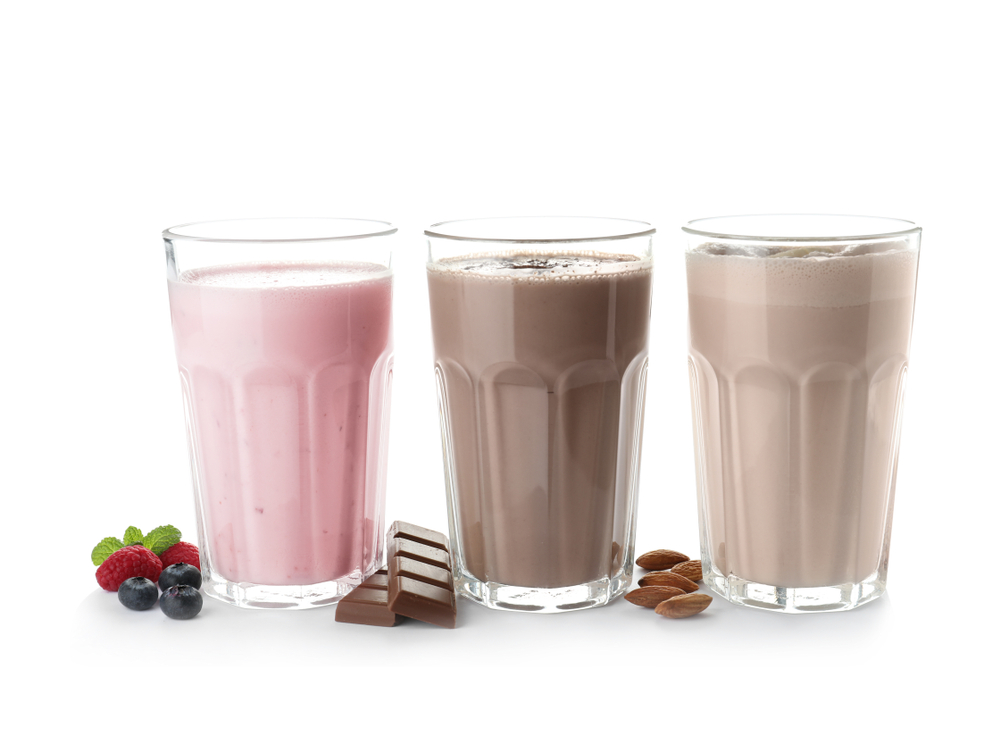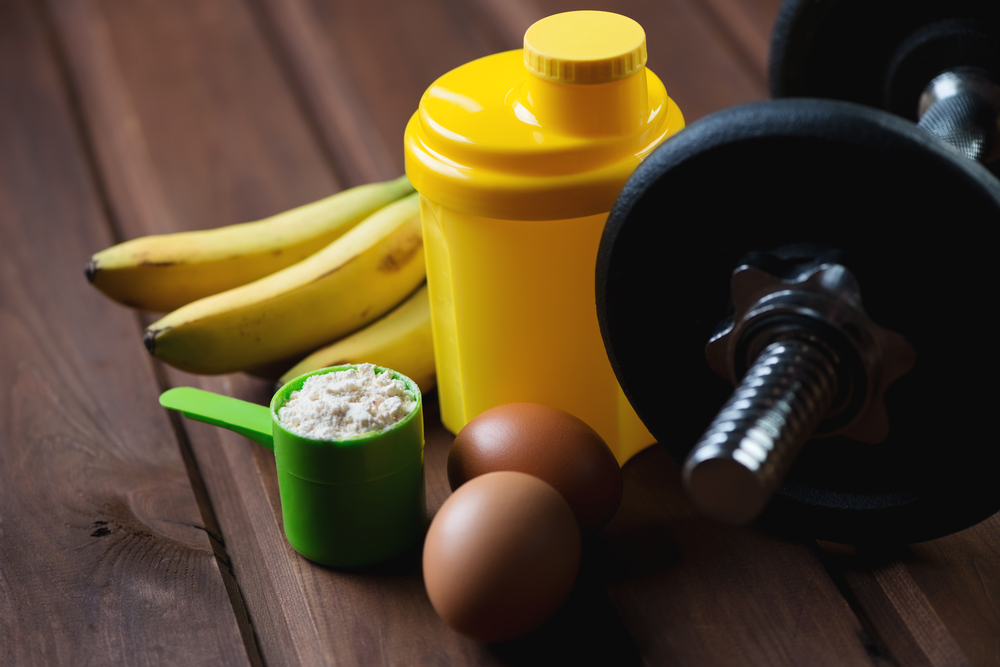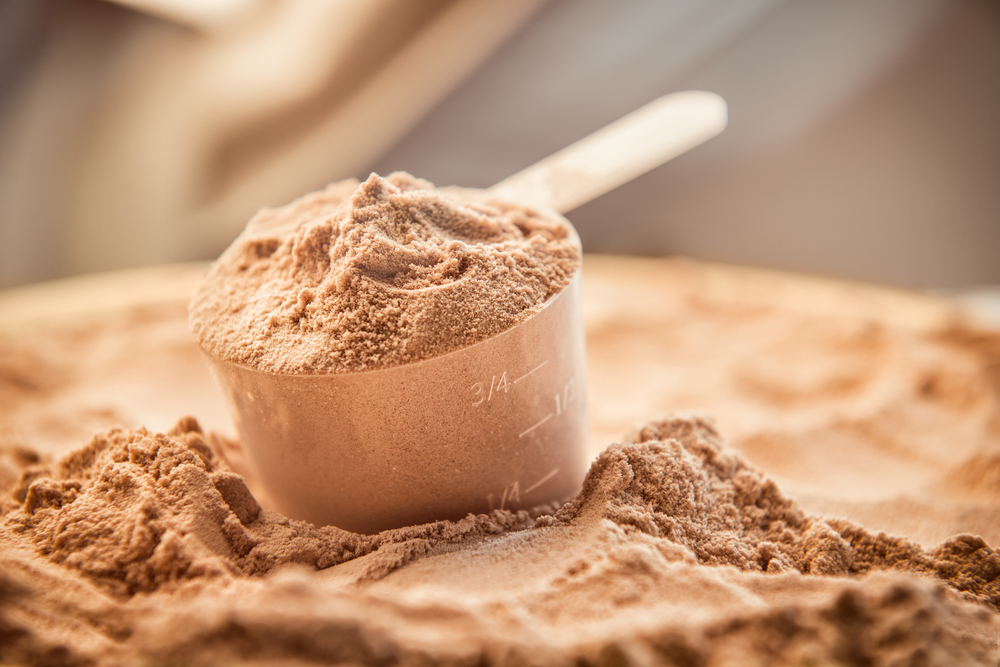Protein powder is often frowned upon by people outside the world of bodybuilding. Some people even associate its consumption with doping, whereas it is mainly a food supplement promoting muscle development 0001
So what is protein powder?
The origins of protein powder
A little history to start with: In the mid-1960s, doctors and scientists began to investigate whey protein and its benefits. They highlighted several benefits:
- good source of protein
- improves the immune system
- very good use by the body
- high speed of digestion
Unfortunately, whey protein had two significant drawbacks:
- high fat content
- high lactose content, which is often poorly digested and causes digestive problems
Over time, these two handicaps have been eliminated thanks to technical advances in the food industry. Whey protein has therefore been degreased and its quality improved. Thewheyprotein was ready to be used by humans.
To wit: Contrary to popular belief, bodybuilding accounts for a tiny share of the whey protein consumed worldwide. It is mostly used in the manufacture of baby milk powder, or as an ingredient in many industrial food products.
The different types of protein
Simply put, protein powder is the powdering of a protein-rich food to facilitate its absorption. There are many different types of protein.
-
Animal proteins / from animals :
Milk proteins: These are the best known proteins and are derived from cow's milk, more precisely from whey. Depending on the extraction techniques used, a more or less pure powder is obtained (gainer,casein,whey. . . ); the purest is whey isolate which is filtered at low temperature for optimum quality.
Egg protein and beef protein: These are two interesting sources of protein for lactose intolerant people.
-
Vegetable proteins
Hemp protein: This is derived from the processing of hemp seeds and is considered one of the best gluten-free proteins.
Soy protein: For a long time it was the vegetable alternative to whey protein, but it is increasingly criticised by bodybuilders. Soy protein is said to mimic the effects of oestrogen and may lower testosterone levels. One study* even found that just two glasses of soya milk had an impact on the body.
Pea protein:Pea protein is one of the most hypoallergenic of all protein powders and has an absorption rate of 98%.
What are protein powders used for?
Milk protein, soya protein, hemp protein or other types of vegetable protein represent a very rich source of protein and branched amino acids.
Every day a human being must consume between 0. 85 and 2. 5 grams of
protein per kilo of body weight, depending on his physical activity and
his sporting objectives. To achieve these sometimes substantial protein
intakes, the use of food supplements is very interesting.
Let's take the example of a body-builder who wants to gain muscle mass. If he weighs 80 kilos and needs to eat 2 grams of protein per kilo of body weight, he will need a protein intake of 160 grams per day.
To achieve this total solely through food, he will need to consume, for
example, about 700 grams of chicken cutlets. In comparison, you would
only need to consume about 200 grams of protein powder for an equivalent
total. Thus, by using these supplements it is easier to vary the sources
of protein and to achieve the protein intake necessary for muscle
building.
The benefits of protein in powder form
Among bodybuilders, protein powder is recommended for its many benefits to the body. Indeed, it plays a role in the efficiency of the body's immune system. In addition, according to some studies**, it stabilises blood sugar levels while providing more energy and also stimulates the reduction of body fat.
Protein in powder form is also found to be more easily digested and
assimilated by the body. However, the quality of the protein can affect
digestion, so people with digestive problems should consider protein
isolate.
For example, a bodybuilder who wants to increase his protein intake but suffers from digestive problems can turn to whey isolate. In addition, protein isolate, for example, is lower in fat and has a high biological value (over 90% protein).
Bibliograpy
*Exposure of infants to phyto-oestrogens from soy-based infant formula
**European
Journal of Nutrition March 2019 / Jose Antonio Journal of the
International Society of Sports Nutrition 2015





